TABLE OF CONTENTS
What are High-Terpene Full Spectrum Extracts (HTFSE)? In this article we will discuss everything you need to know about high-terpene full-spectrum extracts. Most cannabis concentrate manufacturers use solvents such as butane, propane, hexane, and carbon dioxide (CO2) to extract the bioactive compounds of flower buds or trim.
Cannabis concentrates contain a significantly higher level of cannabinoids including tetrahydrocannabinol (THC) and cannabidiol (CBD) than cannabis flowers, nugs, and buds.
While these extracts can exhibit a robust potency, they often lack the strain’s original flavor.
Some extraction techniques, such as supercritical CO2 extraction, can degrade a large number of terpenes, the aromatic compounds responsible for a strain’s unique smell.
Other extraction techniques allow companies to extract cannabinoids and terpenes separately then blend them afterward, although this process doesn’t retain the full range of terpenes.
High-terpene full-spectrum extracts (HTFSE) are the latest rage among concentrate connoisseurs looking for a flavorful and aromatic extract that represents the strain’s original chemical profile.
Terpenes are highly volatile compounds that can degrade at a quicker rate than other compounds in cannabis during the extraction process.
Extract manufacturers are developing new and improved processes create terpene-rich extracts.
High Terpene Full Spectrum Extracts (HTFSE) Overview
Because of its strength, dependability, and variety of consumption options, cannabis extracts have become increasingly popular.
They are created by separating the most useful components of the cannabis plant, including as terpenes and cannabinoids (like THC and CBD), from plant matter.
As a result, cannabis becomes more concentrated and is frequently utilized in dabbing, vaporizers, edibles, and other products.
Typically, a solvent-based extraction technique is used to create HTFSE: The essential oils, cannabinoids, and terpenes of the cannabis plant are extracted using a solvent, frequently butane or propane.
Purging: The solvent is subsequently eliminated, leaving the required chemicals in its place. The extract is aged, causing the liquid portion (which is high in terpenes) to separate and crystals (typically THC or CBD) to develop. Separation: The liquid component, the HTFSE, can be separated from the crystalline component.
What are High-Terpene Full-Spectrum Extracts (HTFSE)?
In order to understand what HTFSE are, it’s important to know what full-spectrum extracts are, too. Full-spectrum extracts are classified as HTFSE and high-cannabinoid full-spectrum extracts (HCFSE).
Full-spectrum extracts contain a range of compounds from the trichomes without the plant’s inactive compounds such as waxes, fats, and lipids.
HTFSE, or High Terpene Full Spectrum Extract, stands out as a top-tier product adored by aficionados for its unmatched flavor and complexity in the always changing world of cannabis concentrates.
But what distinguishes HTFSE from other extracts and why are they regarded as the best? Explore now.
HCFSE contain around 90 percent THCA, the un-activated precursor compound that converts to THC when heated at a certain temperature.
HTFSE contain anywhere between 13 to 25 percent terpenes and up to 90 percent THCA. HTFSE has a runnier consistency with some grit or crystals, while HCFSE has more of a sugar or diamond-like appearance. That’s because cannabinoids can crystalize during the extraction process, while terpenes don’t.
Using a solvent or mix of solvents, HTFSE must start off with premium cannabis buds that have a high percentage of terpenes. HTFSE undergoes an extraction process that typically uses a light hydrocarbon blend of butane and propane.
The hydrocarbon blend is pushed through a container filled with cannabis and dissolves all cannabis compounds including a blend of all major and minor terpenes.
After the compounds are dissolved, HTFSE go through a slow vacuum purge at low temperatures for as long as a few weeks.
A vacuum purge of the dissolved extract can take at least three weeks to remove residual solvent, separate the terpene oil, and crystallize THCA compounds. In a single extraction run, manufacturers can reap all the cannabinoids, terpenes, flavonoids, and other minor cannabis compounds.
The final HTFSE extract looks like diamonds drenched in a sticky, viscous, golden, and translucent sauce, also known as the terpenes and flavonoids.
The preservation of the plant's whole spectrum of chemicals, especially its terpenes, is a top priority for the High Terpene whole Spectrum Extract (HTFSE), a form of cannabis concentrate.
Terpenes, the aromatic chemicals that give plants, including cannabis, their distinctive smells and scents, are abundant in these extracts, as their name would imply.
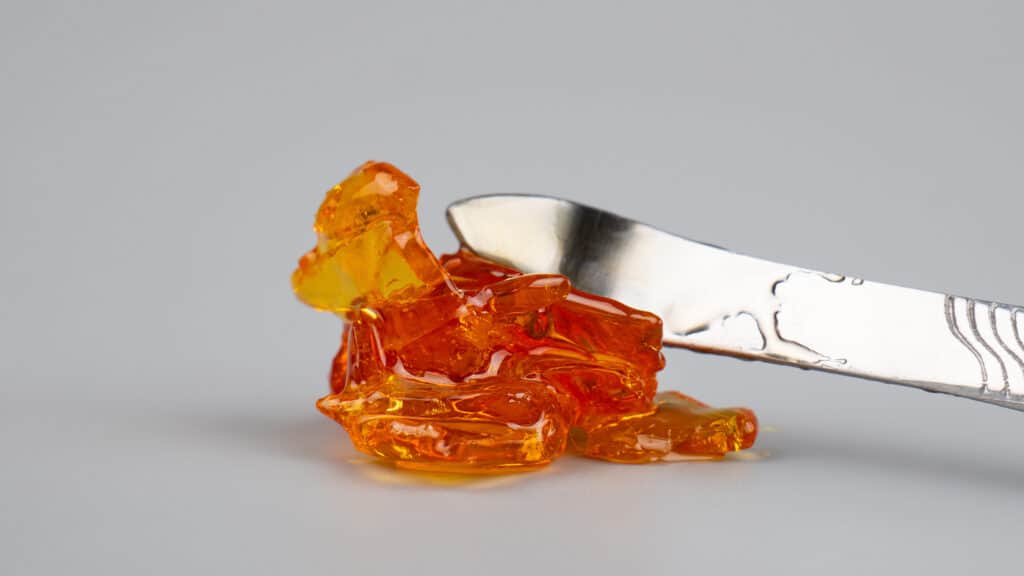
Benefits of HTFSE
If you’re an avid cannabis user, you’re very familiar with the distinct odors emanating from cannabis flower buds. Besides their fragrant aromas, terpenes are thought to provide some medicinal characteristics.
Although they only make up a small percentage of the cannabis plant’s compounds, terpenes have been shown to amplify the effects of therapeutic cannabinoids.
Traditionally, terpenes have been used for medicinal purposes without an understanding of their exact mechanism of action. Some studies have shown that terpene essential oils “have presented important results in cell and animal systems according to their anti-inflammatory, anti-tumorigenic, or neuroprotective activities.”
Essentially, terpenes can not only improve the flavor of an extract, but also its therapeutic effect. These effects have been studied more extensively with terpenes that are not combined with cannabinoids.
HCFSE contain around 90 percent THCA, while HTFSE contain about 50 percent. While the intoxicating potency of THC is important, mounting research shows that a combination of cannabis compounds can be more effective in some cases. A lower THCA extract with a high terpene content shouldn’t be completely discounted.
HTFSE differs from THC distillate and terpenes blended together because reintroducing terpenes back into the cannabinoid solution can leave behind some valuable compounds and only capture one group of terpenes, known as monoterpenes.
HTFSE captures a range of the strain’s native terpenes including monoterpenes, sesquiterpenes, diterpenes, triterpenes, and other flavor compounds.
How to Consume High-Terpene Full Spectrum Extracts-HTFSE
HTFSE can be consumed by smoking, dabbing, or vaporizing the material. Dabbing requires a dab rig, nail, and butane torch. Nails can be made of heat-resistant materials such as quartz, ceramic, and titanium.
Dabbers employ a variety of dabbing techniques that ultimately require to heat a dab of the concentrate on the nail. Consumers inhale the resulting vapor in the rig.
If you don’t have a dab rig on hand, you can smoke HTFSE extracts by adding a small amount of your extract on top of bowls, joints, or blunts. You can also use an earth stone to smoke your HTFSE in a bowl.
Keep in mind, these crude methods of heating HTFSE can ruin much of the intended flavor and aroma due to the high temperatures used.
“
There are over 300,000 jobs in the cannabis industry. CTU trained me for one of them!

Makes $24.50 @ THC +
Portable vaporizers are a much more effective delivery method. Vaporization avoids combustion and heats HTFSE at low temperatures to create a smoother taste.
HTFSE extraction is in its infancy due to a lack of research on cannabis compounds and their interactions with each other.
We’ve only scratched the surface of understanding the entourage effect and the effects of cannabinoids and terpenes. If you’re interested in trying out HTFSE, make sure to ask for lab results to confirm that the extract contains a complete cannabis chemical profile.
For individuals who value flavor, aroma, and a full-spectrum experience, HTFSE stands as the summit of cannabis extracts.
Products like HTFSE are inventions that cater to the discriminating consumer and demonstrate the breadth and depth of experiences the cannabis plant can provide as the cannabis industry continues to develop.
Cannabis Extractions Courses
Learn cannabis extractions at the leading cannabis extraction college. To learn how to become a cannabis extraction technician. Learn the latest cannabis extraction techniques at Cannabis Training University.

Fred Hernandez
Fred Hernandez is a highly accomplished and versatile writer, boasting an extensive background in the cannabis industry. With an in-depth understanding of various sectors including cultivators, processors, retailers, and brands, Fred's expertise spans across the entire cannabis landscape. As a prominent contributor to CTU, he consistently delivers insightful articles exploring the latest developments, news, and regulations shaping the cannabis industry. Whether it's delving into the intricacies of cannabis products, cannabis strain reviews, or providing comprehensive analyses of cannabis laws, or sharing expert insights on cannabis cultivation techniques, Fred's wealth of knowledge positions him as an invaluable writer and educator for all cannabis-related subjects.


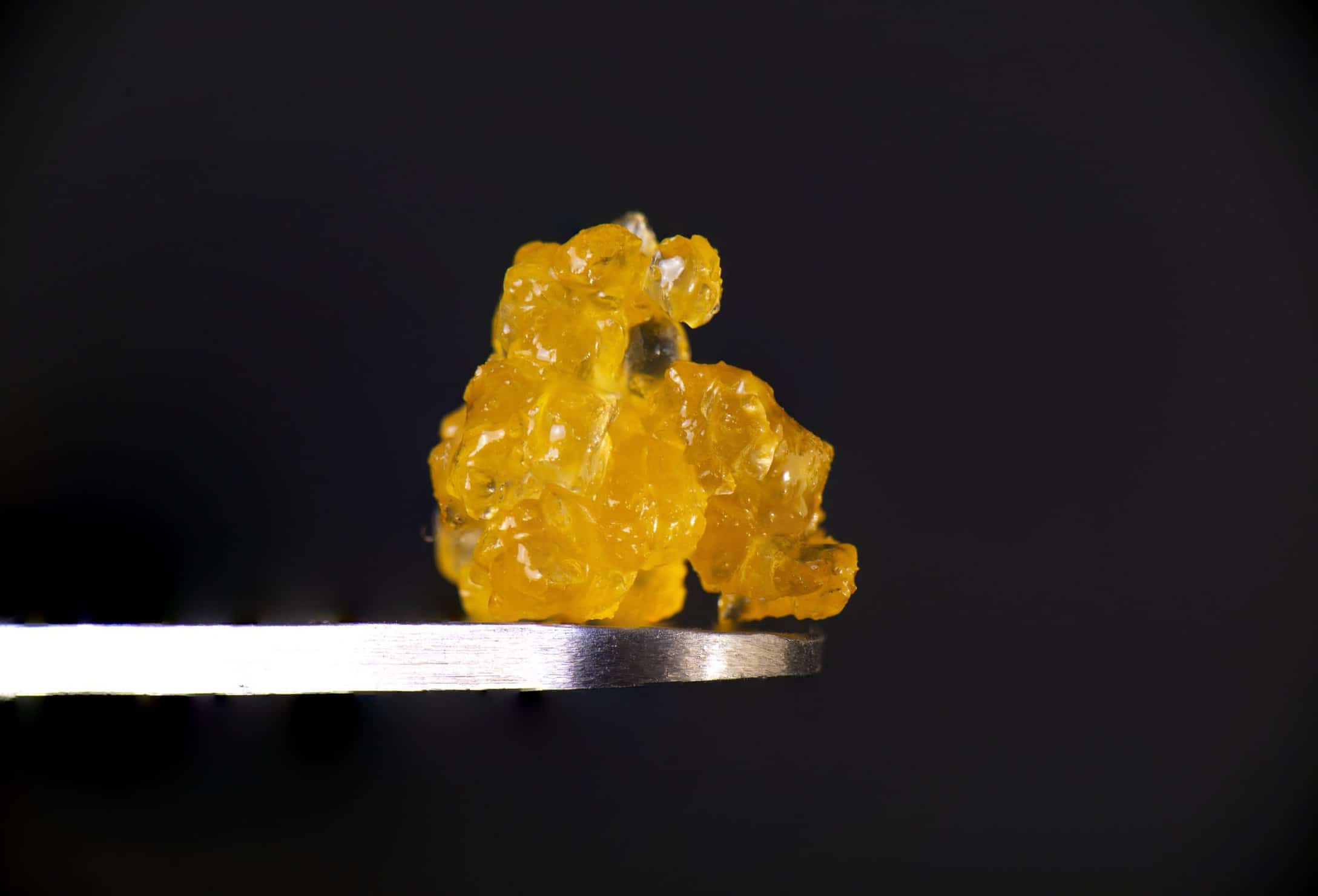

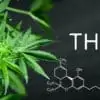

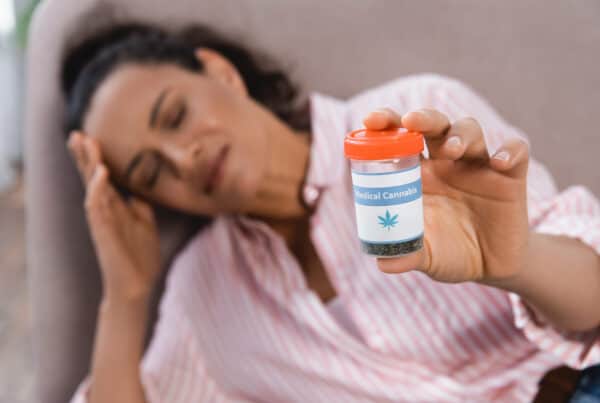
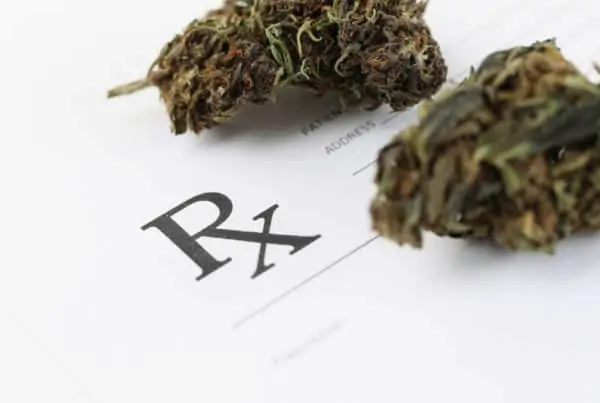
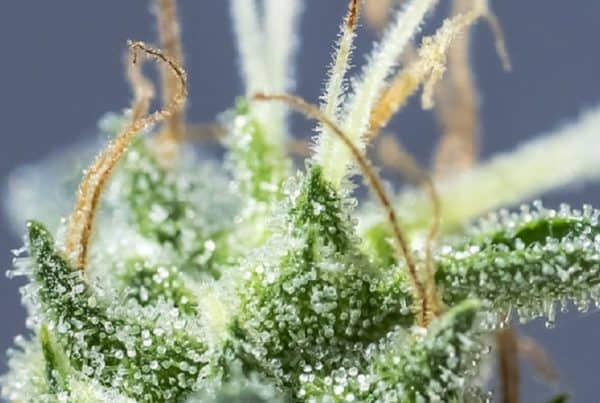

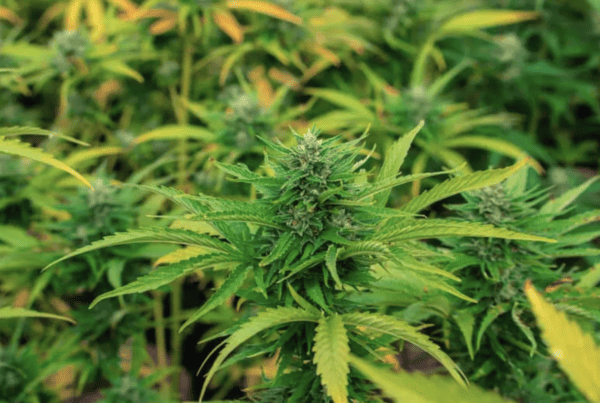

 Jeff was involved in an accident where he endured a traumatic brain injury. He had a week-long stay in ICU where brain surgeons
Jeff was involved in an accident where he endured a traumatic brain injury. He had a week-long stay in ICU where brain surgeons  100% risk free money back guarantee within 48 hours after purchase if student has not completed any of the courses or exams.
100% risk free money back guarantee within 48 hours after purchase if student has not completed any of the courses or exams.